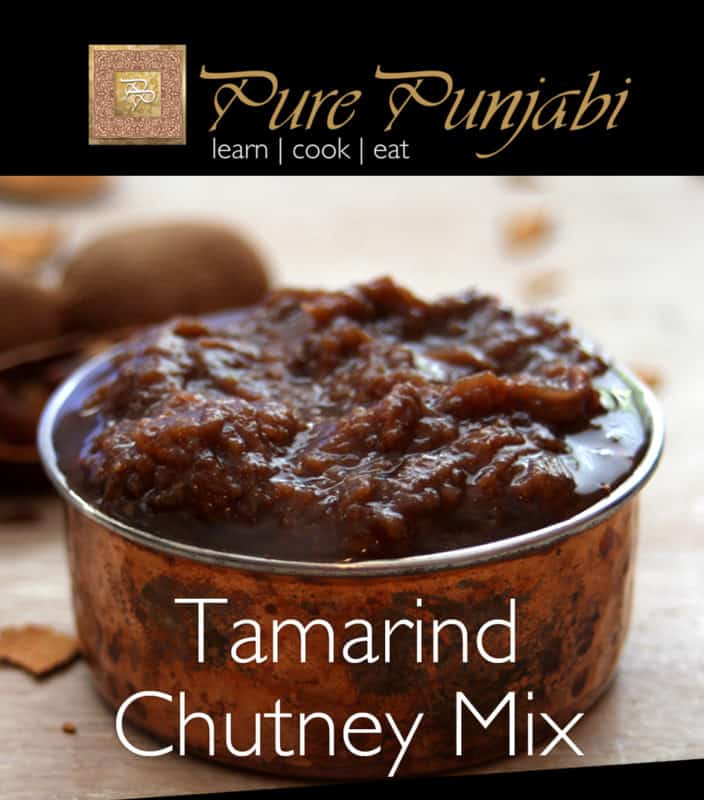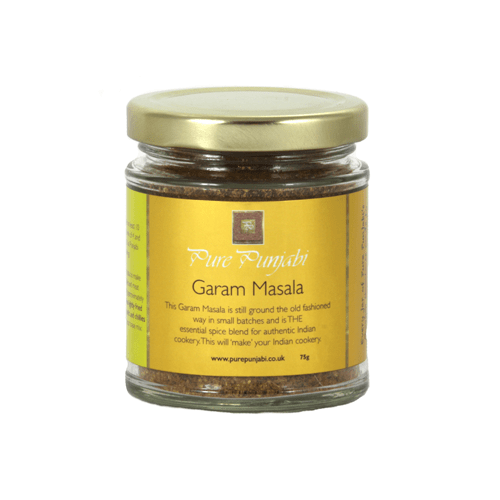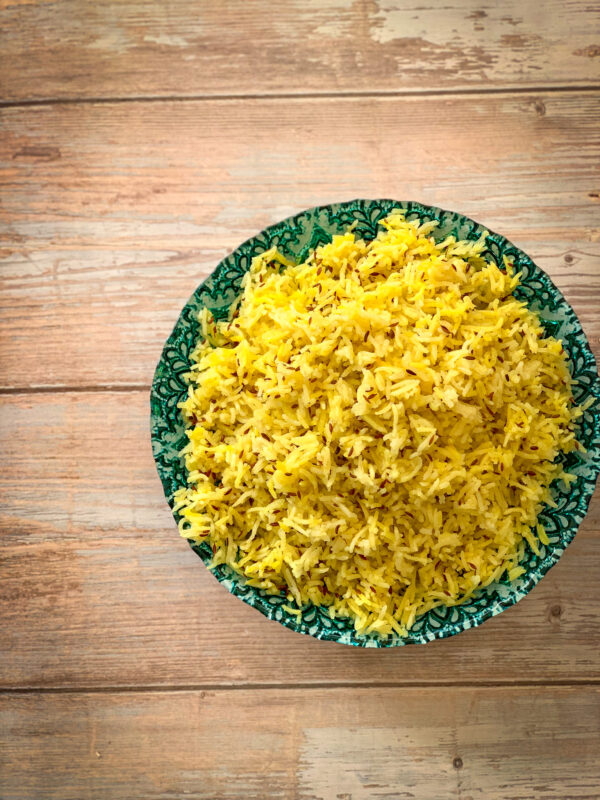Recipes
What is Tamarind and how do you use it?
What is Tamarind and how do you use it?
Tamarind is a fruit that grows inside pods that have a hard, brittle shell. Once this outer shell is broken, the soft fruit can be found on the inside, along with a fibrous casing (which supports the shape of the soft fruit) along with the seeds.
Tamarind – or perhaps tamarind paste – is an ingredient you may have noticed on lists for Asian (or Asian inspired) recipes. Growing up within my maternal North Indian family, I have regularly seen tamarind throughout my childhood and,therefore I feel it incredibly important to clear up several misconceptions about this wonderful fruit that are (often unknowingly) being perpetuated.
There are two main varieties of Tamarind.
The sweet variety, which is slightly smaller, is the variety that can be eaten. This sweet smaller tamarind has a flavour and texture that is similar to dates.
The second variety of Tamarind is slightly larger in size, and the taste profile is more ‘sweet/sour’ (think of the complex ‘tang’ of a good elderflower cordial – it makes the insides of your cheeks tingle). This second variety is what is used in cooking and for making sauces or chutneys as they are called in India (side note – did you know that the word ‘chutney’ came from India).
I will now explain the second variety in slightly more depth, which will then lead me onto Tamarind Paste.
Due to the second variety being larger in size, it is slightly more fibrous. When it is harvested, it is processed in machines that crush the tamarind pods which break the hard shell and is then packed down/shaped into blocks. These blocks consist of a mixture of the fruit pulp itself, all the waste of the shell, the fibrous casing and the seeds.
Whenever you see fresh Tamarind pulp in a recipe, these blocks are what should then be used. These are the blocks we use to make our Tamarind chutney and whenever we require tamarind in a recipe.
How to make fresh Tamarind pulp
Soak the block of Tamarind overnight (or for a period of 8-10 hours) in boiling water. Place a colander inside a large bowl, and pour the soaked tamarind into the colander and start to squeeze the pulp through the colander. All the ‘waste’of the shell, seeds and fibrous casing remain on the inside of the colander (and this should be discarded). Push this delicious pulp through the colander and collect it in the bowl underneath. This is the ‘gold’ for which you have been working! This pulp should then be used in recipes (you can also freeze this in small portions to avoid food waste).
How is Tamarind paste made?
The process for creating Tamarind Paste, is to take this beautiful pulp, and dilute it down with water and boil it…much like the process of taking freshly squeezed juice to make ‘juice from concentrate’. Personally, I would never use or consider buying or using Tamarind Paste in cooking – the taste doesn’t even come close to comparing to the genuine Tamarind pulp, and quite frankly, it doesn’t do justice to the real thing.
Tamarind Chicken recipe
Our family recipe is typical of most home-style North Indian chicken dishes…full of flavour (no sauce or gravy) with a marinade to push flavour into the chicken, as well as tenderise before the cooking process.
There are many ingredients in this marinade that provide flavour, but also heat or warmth (ginger, pepper, cinnamon) and so you will also see jaggery within the ingredients (unrefined cane sugar) which provides a sweetness to balance the warmth but without the intense sugary taste of a refined sugar.
This dish is perfect for when entertaining (indoors or outdoors), or for a delicious dinner when you are short on preparation time and want something without any complicated steps when assembling and cooking the dish.
Ingredients
– 2 cloves garlic, finely minced
-1 inch piece of ginger, finely minced
-1 green birds eye chilli, finely chopped
-1 teaspoon Pure Punjabi Garam Masala (premium quality hand-made by us)
-½ teaspoon pepper
-¼ teaspoon cinnamon
-1 teaspoon nigella seeds
-1 teaspoon salt
-2 tablespoons fresh tamarind pulp*
-1 tablespoon sunflower oil
-50g jaggery (or molasses/dark brown sugar)
-Juice of ½ a lemon
-4 chicken breasts (total weight somewhere between 500-600g)
*Note: Fresh Tamarind pulp is obtained by soaking the tamarind block and squeezing the pulp as described above. There is also a video of this process on our YouTube channel (Pure Punjabi Ltd). Click HERE to watch this process.
Method
1. Put all the ingredients into a bowl and thoroughly mix, massaging the ingredients
together for at least 2 minutes (this pushes the flavour into the chicken and aids the marinading process). Leave to marinade in the fridge for at least 2 hours, but ideally a couple of days (or longer if the ‘use by’ date on the chicken allows for this).
2. Take the chicken out of the fridge 20 minutes before cooking it, so that it’s not ‘ice cold’ before you cook it (this allows the raw meat to relax and come closer to room temperature before cooking, which gives a more tender result once the chicken is cooked).
3. Grill or barbecue on a medium heat until the chicken is cooked through completely to the centre.
4. Serve hot with either our Jeera Rice or flatbread, side salad and some yoghurt.
Related products
Our Tamarind Chutney Mix which comes with the digital method instructions.
Our premium hand-made family recipe Garam Masala.
Our Jeera Rice comes as a meal kit sachet or see our blog post on how to make it.




